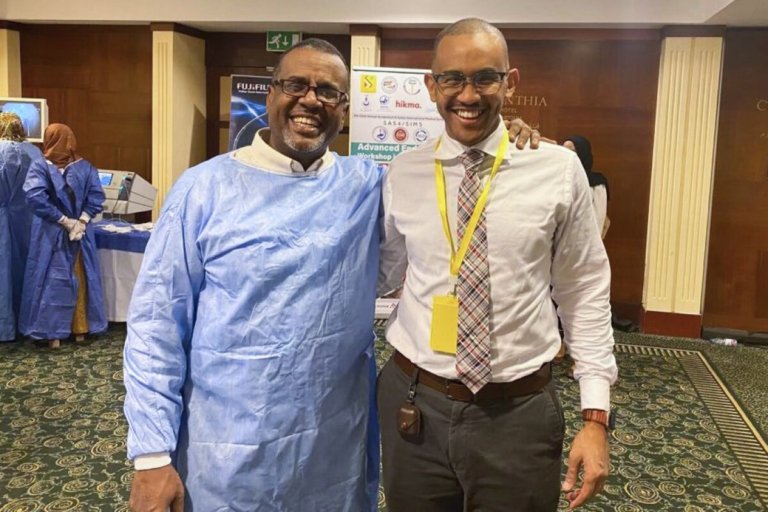Seoul – North Korea launched an intercontinental ballistic missile test in a show of military might on Thursday just hours before the leaders of South Korea and Japan are due to meet at a summit in Tokyo which will should be eclipsed by North Korean nuclear threats.
The launch, the North’s first ICBM test in a month and the third weapons test this week, also comes as South Korean and US troops continue joint military drills that Pyongyang sees as a rehearsal to invade. North Korea is testing two submarine-launched missiles off the east coast, Seoul says.
The South Korean military said the North Korean ICBM flew to the eastern waters of the Korean peninsula after being launched from the North Korean capital, Pyongyang, at around 7:10 a.m. The statement said the South Korean military stands ready in close coordination with the United States.
The Sunan district is the site of Pyongyang International Airport and has become a major test site where the North has launched most of its ICBMs in recent years, all flown at high angles to avoid neighboring territory. North Korea fires an “unspecified” ballistic missile, according to the military in Seoul.
Japanese Defense Minister Yasukazu Hamada said the missile likely landed in waters outside Japan’s exclusive economic zone after about an hour of flight. The landing site is about 250 kilometers (155 miles) off the western island of Oshimaoshima, which is close to where other North Korean ICBMs have fallen in recent months after flights of ‘essay.
Thursday’s launch came hours before South Korean President Yoon Suk Yeol is due to travel to Tokyo for a summit with Japanese Prime Minister Fumio Kishida aimed at mending frayed ties and cementing trilateral security cooperation with the United States to counter North Korean threats.
After conducting a record number of missile tests last year, North Korea has expanded its testing activities this year, including the February 18 launch of its Hwasong-15 ICBM, designed to strike the American mainland. . After this ICBM launch, North Korea said the test was aimed at further strengthening its capability for a “deadly” nuclear attack against its rivals.
The series of aggressive weapons tests underway by the North were widely expected; Leader Kim Jong Un last week ordered his military to be ready to repel what he called “frenzied war readiness moves” by his country’s rivals, referring to major exercises underway between the United States and South Korea.
Earlier this week, Pyongyang fired cruise missiles from a submarine and sent short-range ballistic missiles into its territory in its Eastern Sea. Last week, North Korea also fired at least six short-range ballistic missiles from a western coastal area during a drill overseen by Kim Jong Un, an event state media described as a mock attack on an unspecified South Korean airfield.
The U.S.-South Korea drills that kicked off Monday and are due to continue until March 23 include computer simulations and live-fire exercises on the ground. Last year, Pyongyang tested more than 70 missiles, including nuclear-capable missiles that targeted South Korea, Japan and the American mainland. North Korea said many of the tests were a warning to previous South Korean-American military exercises.
The South Korea-Japan summit was organized after Yoon’s government last week took a major step towards repairing bilateral relations strained by Japan’s 1910-1945 colonial rule on the Korean peninsula.
His plan – to use local funds to compensate Koreans forced into forced industrial labor during colonial rule without contributions from the Japanese companies that employed them – met with fierce domestic opposition but reflected Yoon’s determination to improve relations with Japan and to strengthen security Seoul-Tokyo-Washington cooperation.
Under Kishida, Tokyo also made a major break with its post-World War II principle of self-defense, adopting a new national security strategy in December that includes goals to acquire preemptive strike capabilities and cruise missiles to counter growing threats from North Korea, China and Russia.
Source: Exito Polska







